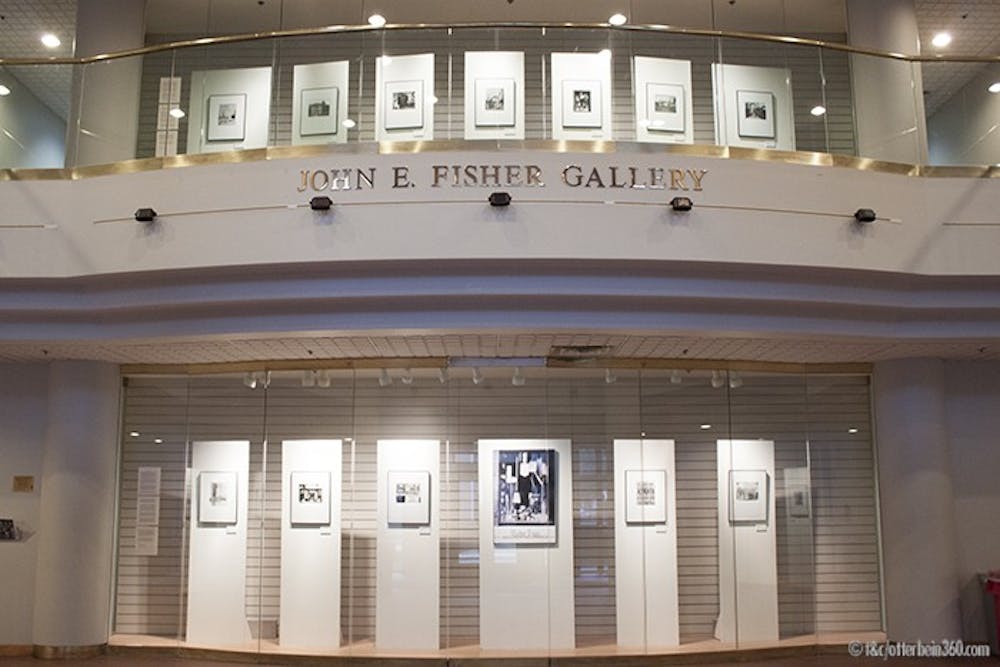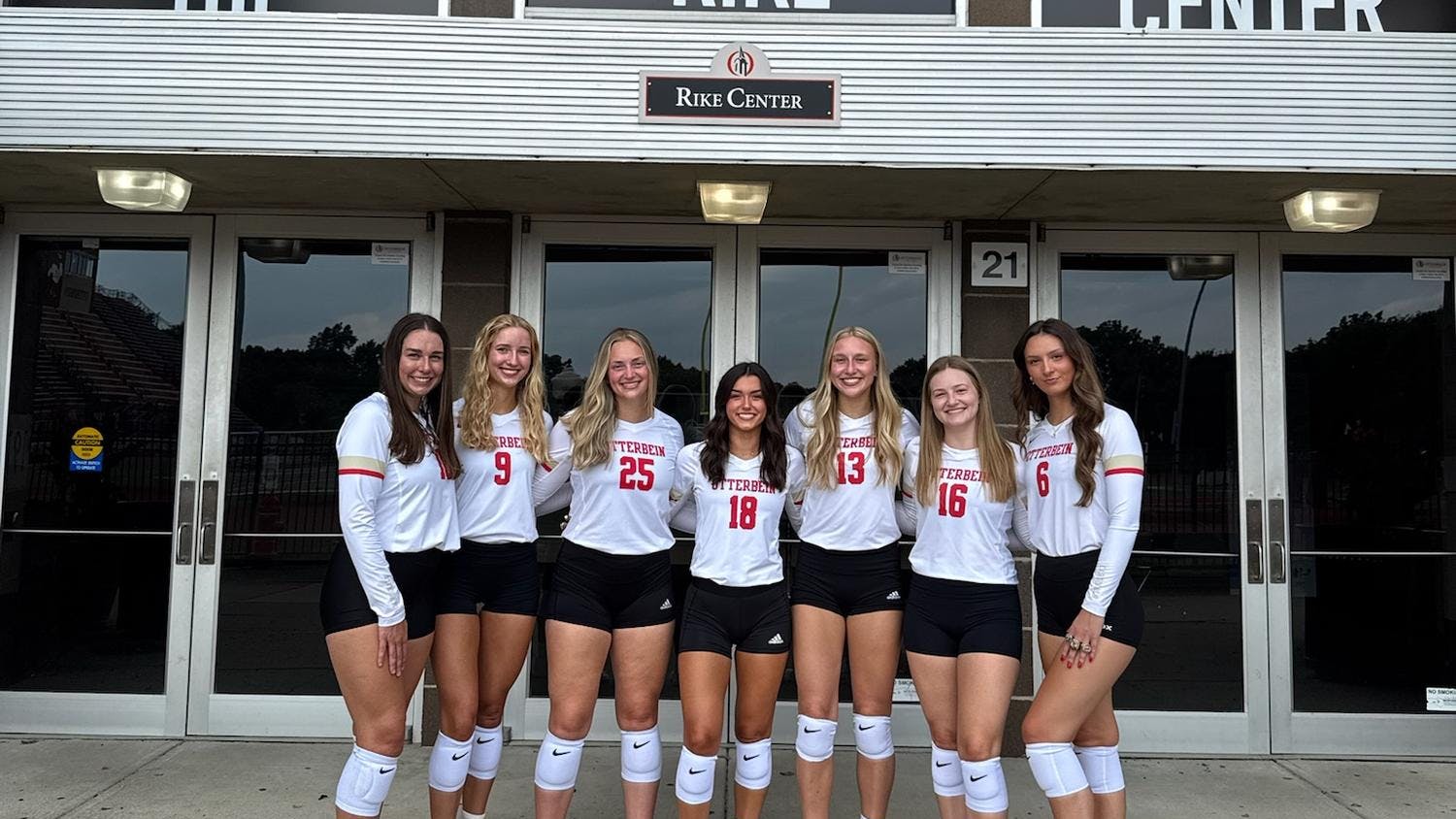On the way to a class in Roush Hall, students pass by Fisher Gallery, which features various art displays throughout the year. Through the end of May, a collection of photographs taken by Walker Evans, a man who has been called a master of photography, will be on display there. His photography has been displayed in museums and magazine spreads, and a collection of his work now permanently belongs to Otterbein University.
Walker Evans was from St. Louis, Mo. and photographed America from the late 1920s until the early 1970s. He was most interested in showcasing the lives of the average American. In taking these photographs, he created a new tradition for American photography, known as the documentary tradition.
Assistant photography professor Jonathan Johnson said,“His images are iconic of how we think about America at that time. He created a documentary and journalistic photography style that was more deadpan and straight on, cooler, depicting people, interiors, structures, and churches.”
The years of 1935 and 1936 led to significant accomplishments for Evans. The Great Depression was sweeping America and Evans was there to document it through a camera lens.
Evans worked as an information specialist for the Resettlement Administration, which was a New Deal agency in the Department of Agriculture. The employees of this agency were assigned to document small-town life and show how the federal government was working to improve the lives of rural families and workers during the Great Depression.
As a photographer, Evans concerned himself with what was actually happening rather than what was supposed to happen. He paid attention to documenting images of everyday American life that were often forgotten about. He took pictures of small-town shops, simple buildings and houses along the sides of roads and poverty-stricken families. Most of the photographs Otterbein received were from this period of his work.
Art professor Nicholas Hill said it was no easy feat getting Walker Evans’ photographs here. Hill said that the photographs were purchased from the Library of Congress, where they were printed from Walker Evans’ original negatives.
Part of what is so distinct about Evans’ photographs is the manner in which he captured his subjects.
“He gives dignity to his subjects who were struggling (and) financially marginalized,” Johnson said.
Rather than negatively depicting the struggles of people living in the Depression era, Johnson said that Evans’ photographs were celebratory in nature.
Walker Evan’s exhibit “Documenting America” can be viewed in Fisher Gallery in Roush Hall from now through May. The gallery’s daily hours are from 9 a.m. to 9 p.m.








